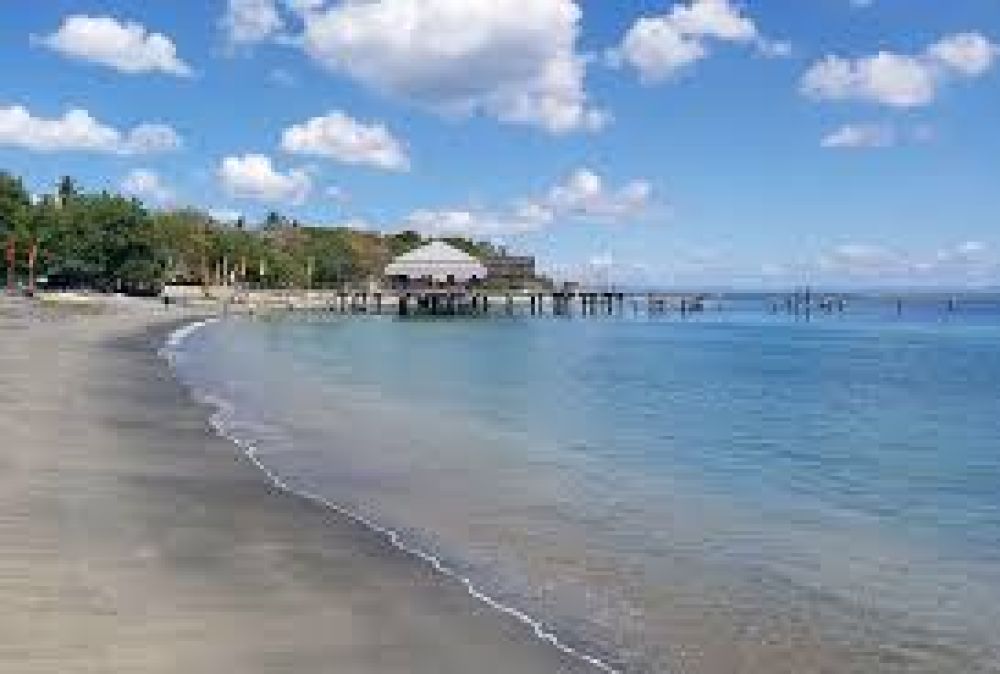

Lombok, an island in the West Nusa Tenggara province of Indonesia, has been a quieter neighbor to its superstar sibling, Bali, for many years. Senggigi Beach, located on the western coast of Lombok, near the capital city of Mataram, is one of the main tourist spots on the island. The history of tourism in Senggigi goes back to when Lombok started to gain recognition as an alternative to the often crowded Bali.
Although Lombok has been known to international visitors since the early 20th century, the emphasis on tourism development began in the 1980s and 1990s. During this time, the Indonesian government started to promote Lombok as a travel destination. Senggigi Beach emerged as the central tourism district of Lombok with the construction of various hotels, resorts, and infrastructure aimed at attracting international tourists.
With its beautiful beaches, clear waters, and vibrant coral reefs, Senggigi soon became popular among tourists seeking tranquility and a taste of the island's unique culture. The area also served as a base for exploring Lombok's other attractions, such as Mount Rinjani, traditional Sasak villages, and the Gili Islands. The construction of Lombok International Airport in 2011 significantly boosted accessibility and encouraged an increase in the number of visitors.
In the last decade, Lombok, and specifically Senggigi Beach, has seen further developments including luxury accommodations and improved services to cater to the growing upscale market. Despite the growth in luxury offerings, Senggigi has managed to retain its relaxed atmosphere compared to the more developed destinations.
As travelers seek more sustainable and immersive travel experiences, Lombok has placed an emphasis on eco-tourism and community-based tourism. Visitors are encouraged to partake in activities that support local communities and minimize environmental impacts.
In recent years, the focus has also shifted towards wellness tourism, with Senggigi offering myriad options for travelers looking for spa retreats, yoga classes, and holistic wellness programs amidst the serenity of Lombok's natural beauty.
Impact of the Pandemic
Like many tourist destinations worldwide, Senggigi's tourism industry saw a significant downturn due to the COVID-19 pandemic. However, with the global situation gradually stabilizing, there have been concerted efforts to revive the industry, with health and safety protocols being enforced to reassure and protect both tourists and residents.
Looking at the future, Senggigi Beach aims to maintain its position as a premier yet sustainable tourist destination in Indonesia, continuing to attract travelers with its pristine environment, diverse cultural experiences, and the warm hospitality of the Lombok people.